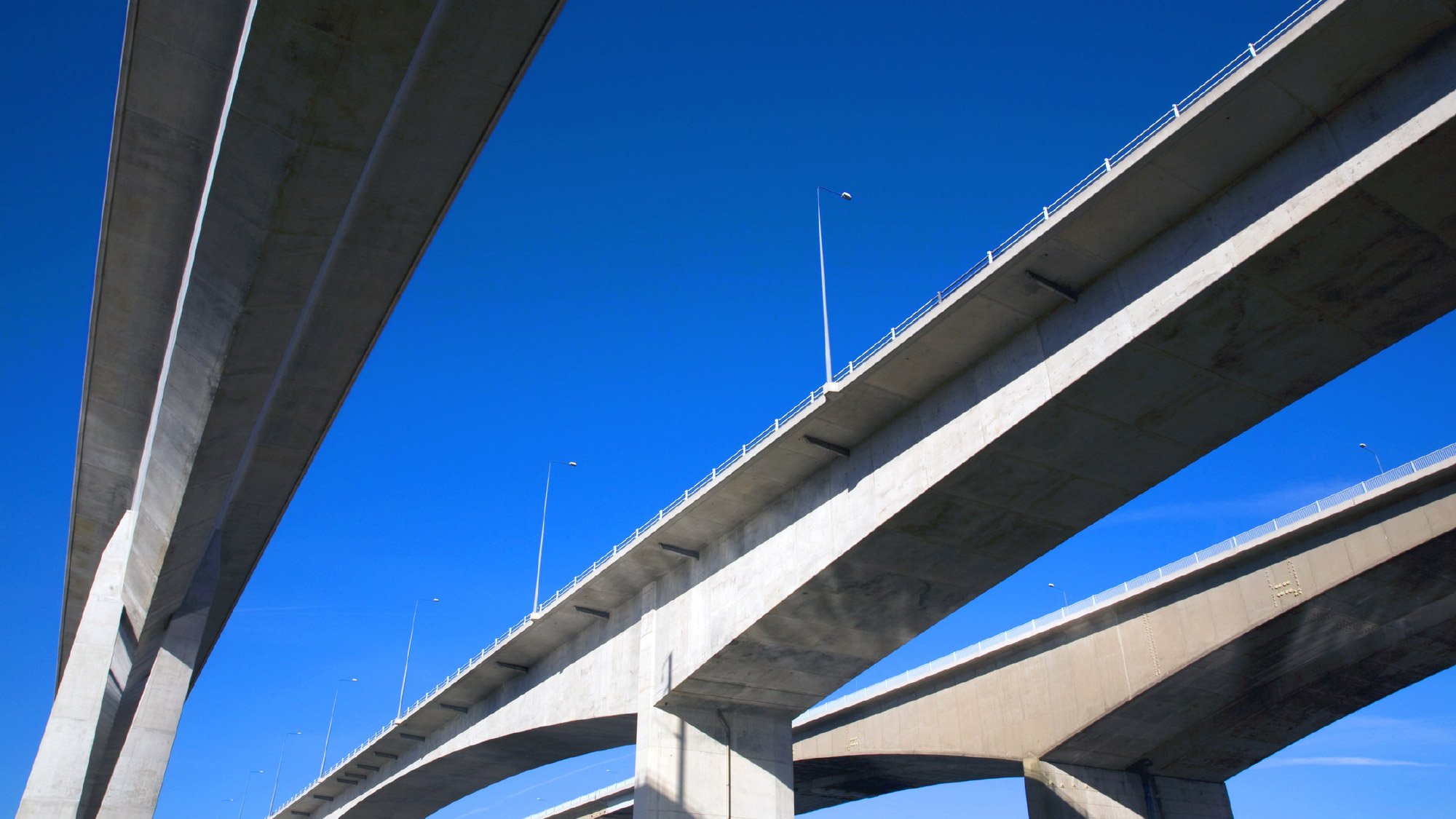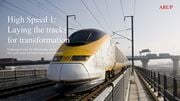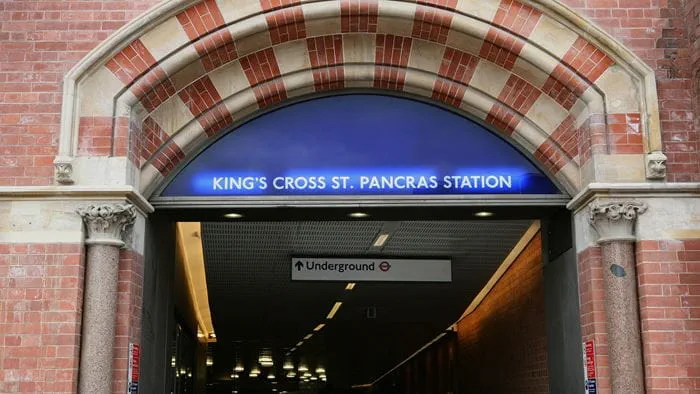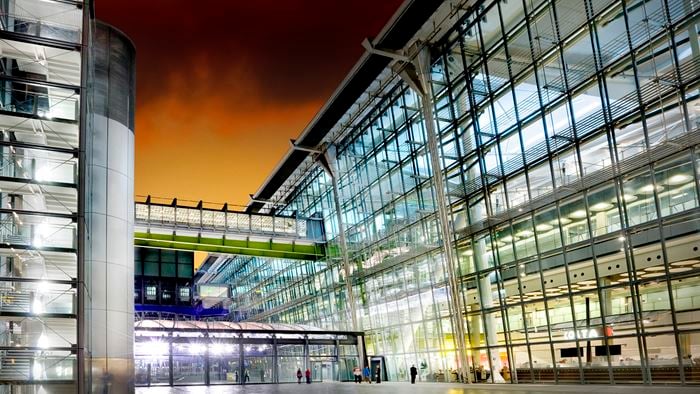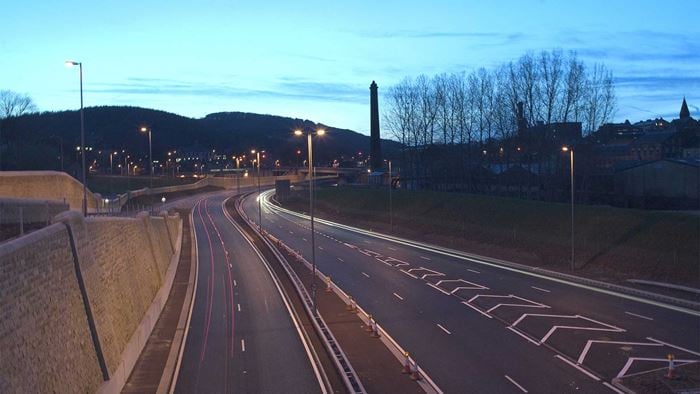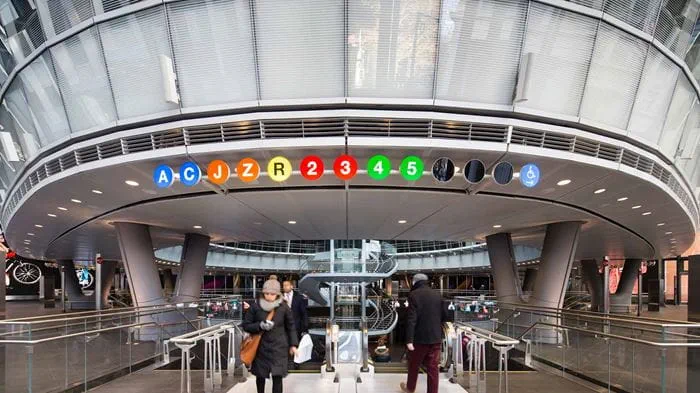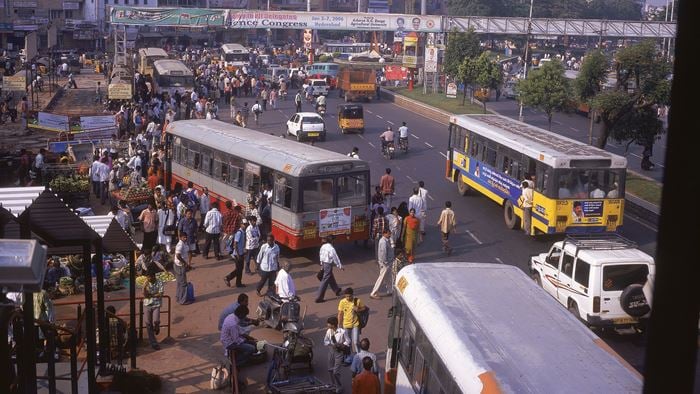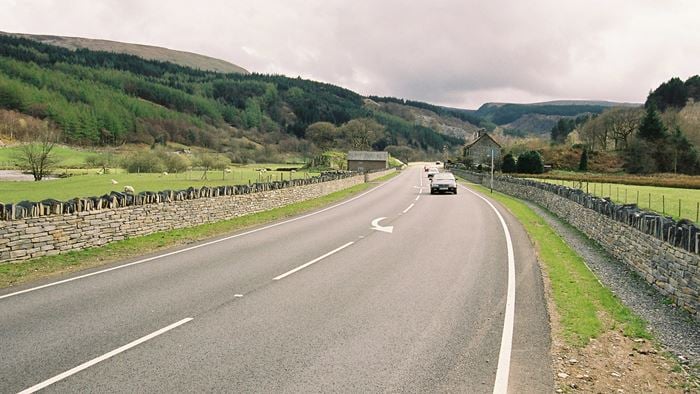Ever since it opened in 2003, High Speed 1 (HS1, formerly the Channel Tunnel Rail Link) has carried more than 200 million passengers across the Channel, established new links between Kent and London via the East Thames Corridor and, along the way, helped to spark regeneration across its route. Beyond the core benefits of a speedy connection between London and the continent, HS1 continues to prove the transformative effects of high-speed rail – for individuals, communities, and the wider economy.
Connecting countries and transforming local communities
Our HS1 journey began in 1989, when we proposed connecting the Channel Tunnel to London via a station in Stratford, East London. At first, ours was a lone voice challenging the UK Government and British Rail’s plans to run HS1 through South London. The Arup approach was driven by a simple question: how to make the line as useful as possible, picturing a train service that worked well for commuters, local residents, and freight, as well as international travellers.
Our proposed route ran north of the Thames, through Stratford and into St Pancras – an alignment that would catalyse the multibillion-pound regeneration of East London, the land around King’s Cross and the disused chalk pits of Kent in south-east England. It would provide not only a high-speed railway but a much-needed quality commuter service from Kent to London. Park-and-ride facilities would also encourage modal shift from road to rail. In 1991, our route was chosen by the UK government.
To build the support required for such a significant new line, local consultation was vital and extensive. With that in progress, we identified unused land in King’s Cross, St Pancras, Stratford, Ebbsfleet and Ashford, connecting them with a route alignment that managed to avoid areas of outstanding natural beauty. It was an imaginative and balanced proposal, one that addressed environment, regeneration and economic development while scarcely disturbing existing communities and housing (not a single house had to be demolished to accommodate the route).
Project Summary
300kph high-speed services connecting London to Paris
£427mof economic benefits each year
£8bncatalyst for development
A new network, a new approach to delivery
HS1 would be the first high-speed railway in the UK, with rolling stock moving at up to 300kph. Following the successful selection of the Arup route, we were one of the founding members of London and Continental Railways, the firm that was awarded the concession to build and operate the Channel Tunnel Rail Link. In partnership with shareholders under Rail Link Engineering (RLE) we designed and project managed the 109km high-speed railway.
HS1 was always a partnership between the public and private sector and was able to activate a significant amount of private sector finance for the construction of the UK’s first high-speed network. Given the project’s lifespan, it would also prioritise a delivery of benefits across the political cycle, to strengthen the programme’s momentum and support.
“(Arup's alternative route) had two unique advantages: it demolished no houses, impacted a mere 200, and could potentially bring huge regeneration benefits to the blighted areas through which it would run. ” Professor Sir Peter Hall (from The Right Line: The Politics, the Planning and the Against-the-Odds Gamble Behind Britain’s First High-Speed Railway by Nicholas Faith)
We led the planning, engineering, and design of the route
Over 1,600 Arup specialists – from transport consultants and tunnel designers to environmental consultants and bridge engineers – played a key part in identifying the best route, planning and architecture of the new stations, including the monumental refurbishment of St. Pancras, and the creation of 152 bridges and other structures along the way. With our partners in RLE, we were responsible for project management, consents, procurement, construction, and commissioning.
Minimising impact on the landscape was key
Creating the 109km route from London to the Channel Tunnel was no simple proposition. Traversing the ‘Garden of England’, as Kent is known, the main priority was to minimise the impact on the environment through careful selection of the route, depressing it into the landscape wherever possible, or placing it within false cuttings to limit intrusion. 255 hectares of new woodland were created and 1.2 million trees and shrubs planted.
Laying the groundwork
Elsewhere on the route, the work would involve boring through many different types of geological and man-made conditions under the capital, 40 metres beneath the River Thames and below the placid North Downs.
The tunnels incorporate fibre reinforced linings, rather than the classic reinforcement, which help to prevent catastrophic cracking and splitting in the event of a fire. The spoil from these tunnels was used to raise the ground level at Stratford to create a platform on which to build the regeneration development. Similarly, the spoil from the tunnels under the Thames was used to fill in the chalk quarries beside the route to turn unusable land into development land.
Building bridges from the ground up
The perfect coming together of form and function, the Medway Bridge is one of the longest concrete bridges built for the demands of high-speed rail and is designed to provide a delicate profile in harmony with its surroundings. Its V-shape columns provide maximum efficiency to resist high-speed train braking, and an innovative low noise barrier is positioned close to the track to minimise the visual effect, while providing maximum noise reduction.
HS1 proves the benefits of high-speed rail
HS1’s success continues and operator Eurostar is targeting 30 million passengers annually by 2030. More broadly HS1 has delivered significant long-term benefits for the capital and the country. It was a crucial part of London’s bid to host the 2012 Olympics and was a catalyst for the regeneration of Stratford in East London and Ebbsfleet in north Kent. Over 400,000 people in Kent are now within an hour of London by train, ensuring greater access to jobs and prosperity. In its first decade of operation over 47,000 young families, couples and singles looking to buy or rent affordable homes chose to relocate to the HS1 catchment area.
HS1 remains a beacon for the transformative potential of high-speed rail, where breadth of ambition ensures the benefits are widely shared.
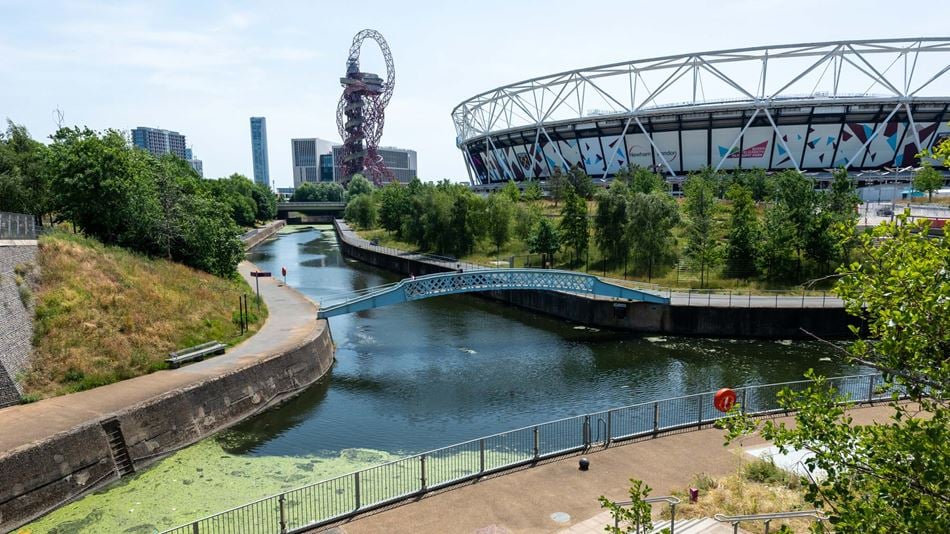
Rail remains central to the UK’s post-fossil fuel transition and by 2019 Eurostar, which runs on HS1, accounted for nearly 80% of air and rail travel from London to Paris and Brussels. Those journeys produce 80% less CO2 emissions than flying. In fact, passengers choosing to travel on HS1 effectively reduce the UK’s emission by the equivalent of 60,000 short haul flights annually. Although the service’s operations have been complicated by the pandemic and Brexit-related changes, HS1 remains pivotal to how the UK decarbonises public transport at scale.
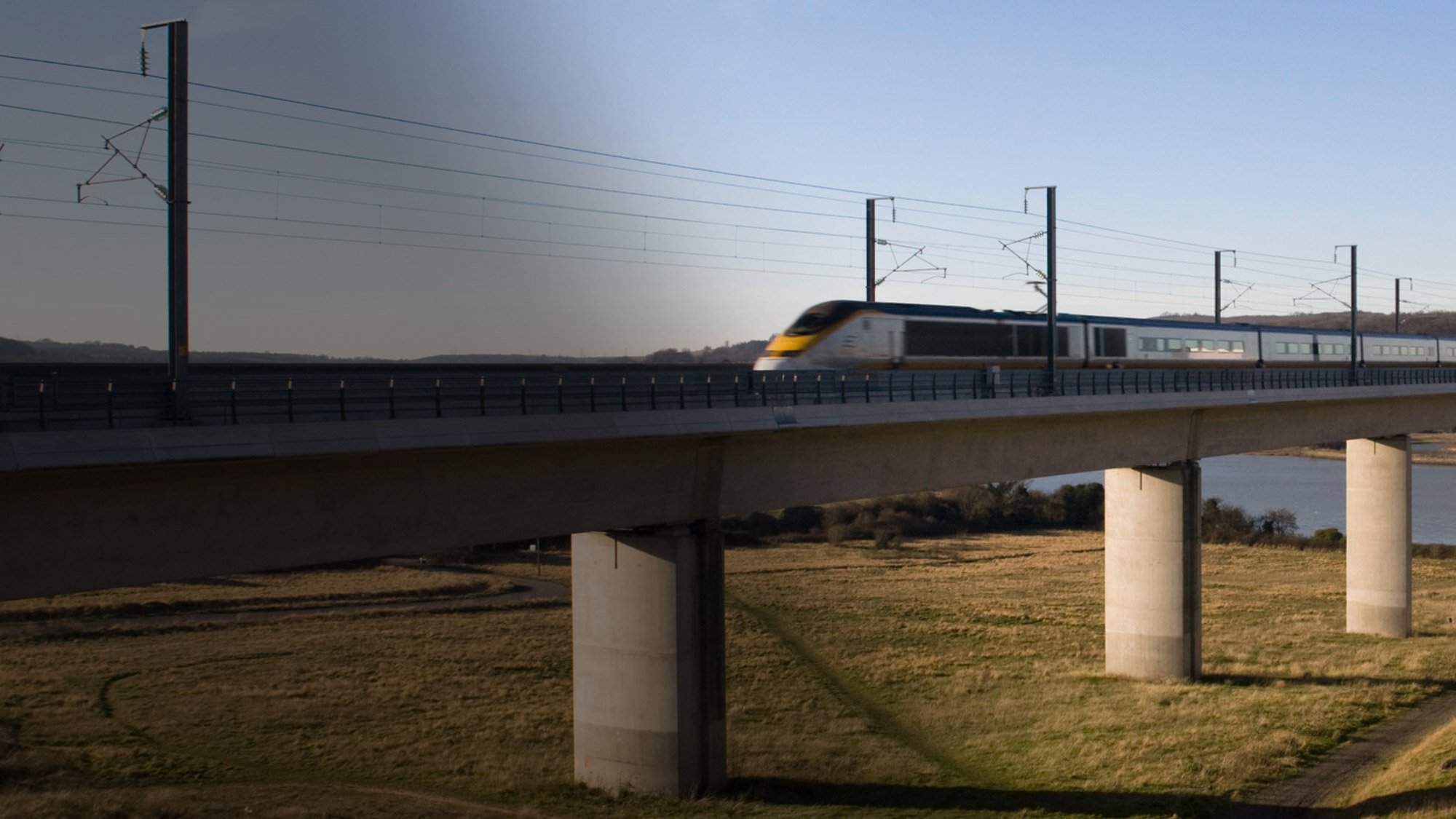 ;
;


